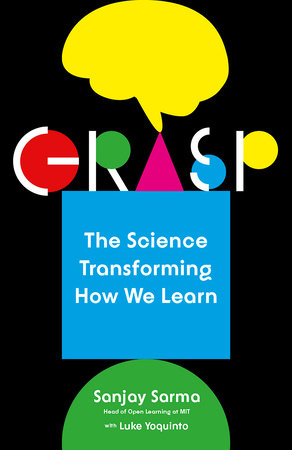The mockingbird’s elusive complexity still sounds like a code waiting to be cracked. It may be harder to answer the question of what birds sing than why! Think of the power of mantras, Hindu incantations that on the surface are composed of nonsense syllables but when internalized lead the soul to higher spiritual states. So are the sounds still nonsense? The mantra’s power lies in the telling and repeating, not in any specific message conveyed by the arrangement of sounds.
Berkely philosopher Frits Staal realized that this kind of communication has something in common with the way we have come to understand bird song. It is not quite music, not quite language, but rather a structured string of sounds with a clear ritual purpose. Mantras are meant to be repeated by the chanter over and over, approaching endless repetition as the sound swirls inside the brain. You hypnotize yourself with the endless possibility in each abstract sound and the crystallization of the pattern.
Sanskrit is among the oldest languages, of all our Indo-European tongues. Now [Frits] Staal* says mantras, rhythms of sound that do not quite make sense, may lie at the roots of Sanskrit. Here’s an ancient song from the Vedas to be sung in the forest: Ayamayamayamayamayamayamauhova. Literally all it means is “thisonethisonethisonethisonethisonnnnnne …” You are supposed to sing it when you consecrate an altar out of doors. Staal believes such resonating, repeating measures of sound may be older than human language itself. It may have worked like this: Our ancestors chanted rhythmic patterns of sound long before we ever thought that sounds should signify specific things. Sound came before sense, before we had history, back in the time of birds. Language came out of ritual rather than the other way around.
Why birds sing : a journey through the mystery of bird song by David Rothenberg. New York: Basic Books ©2005, pp. 184-5.
https://www.worldcat.org/oclc/896845100
* Frits Staal. Ritual and mantras: rules without meaning. New York: Peter Lang, 1990, p. 305
https://www.worldcat.org/oclc/954122166
Other editions: Delhi: Motilal Banarsidass, 1996, 1993.



